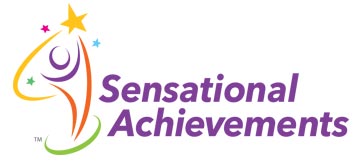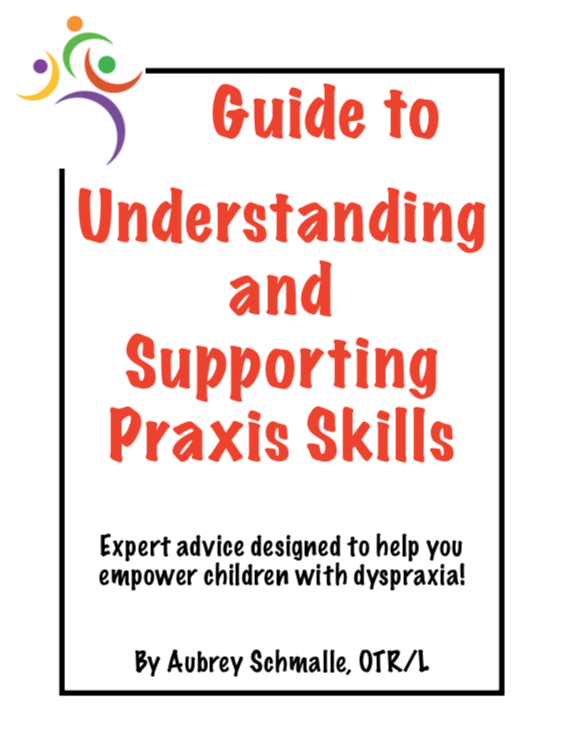Do you have a child with ADHD and concerns regarding:
- Your child’s ability to attend to seated activities throughout the day?
- Your child’s ability to stay seated? Does s/he often shifting positions or getting up from the table? Or does your child become increasingly sluggish and lean more on the table or slump in their chair?
- Your child skipping lines/words or losing his/her place with reading or copying?
- You child’s distractibility with movement in the room or by nearby objects?
- Your child’s distractibility with noise and in environments with competing auditory stimuli (ex: conversations or background sounds)
- Your child’s ability to attend to and follow verbal directions?
- Your child’s safety and/or impulsivity in play?
- Your child’s social skills impacting the ability to relate to others, understand ideas of others in play, or ability to engage in cooperative activities? Does your child always want to be the person to choose the game or to make the rules?
Children with ADHD often have coexisting deficits in postural control, visual skills, sensory processing, as well as praxis and motor planning.
Posture
Children with ADHD often demonstrate poor posture and postural-ocular integration which can be manifested in trouble sitting still, taking frequent movement breaks, or slumping/leaning. Emerging evidence suggests that vestibular brainstem reflexes are altered in a subset of children with ADHD and points to this as a cause of decreased postural control. Children in this study had more difficulties in standing and walking balance than typically developing children.* Changes in postural stability can impact sustained attention due to the need to use added effort to maintain balance as well as the break in concentration that results from the need to move to activate one’s posture or leaning for support.
*Isaac, V., Olmedo D., Aboitz F. and Delano P. (2017). Altered Cervical Vestibular-Evoked Myogenic Potential in Children with Attention Deficit and Hyperactivity Disorder.
Vision
Saccadic eye movements responsible for shifting attention from one object/word to another are often more difficult for children with ADHD to suppress.* This means that it is harder for kids with ADHD to keep their eyes focused on a specific point (ex: the teacher, the Smart Board, or their paper). This means that children with ADHD shift their attention significantly more often than their typical peers and may be taking in twice as much information, contributing to difficulty sustaining focus, distractibility, and difficulty with reading comprehension. Functional vision deficits are not always tested when a diagnosis is made but addressing this can be a critical factor in helping a child with ADHD filter and focus.
(Munoz, 2003)
Praxis
Praxis develops through adequate sensory processing combined with higher-level cognitive abilities. It consists of the following components: 1. Ideation 2. Planning and Sequencing 3. Feedforward 4. Execution 5. Feedback. Ideational praxis is the ability to recognize object/environmental affordances to generate a goal for a purposeful action of some idea of how to accomplish the goal. It's also the ability to generate ideas with variation, in high frequency, and in a timely manner. Children with praxis deficits often have trouble coming up with ideas of what to do with their body and/or objects in the environment, completing multi-step sequences, and/or adapting in response to repetition and feedback. Praxis needs to be efficient for the development of higher-order planning and organizational skills. Praxis deficits may make a child seem impulsive, disorganized, or awkward in their approach to tasks. They often need supervision to manage daily task completion or have trouble following directions due to difficulty visualizing what is being asked of them. In play, deficits can manifest as controlling behaviors with peers to keep the environment predictable and manageable due to an inability to quickly adapt to changing task demands.
Download your FREE Guide to Understanding and Supporting Praxis Skills
Auditory
The auditory system provides information regarding where a sound is coming from (sound localization), allows us to differentiate between foreground and background sounds (auditory filtering), hear the details in directions, and follow both group and 1:1 conversations. Many children with ADHD have problems with auditory filtering. This means that they have difficulties filtering out irrelevant information in order to focus on what is important. This can manifest in many ways including difficulty filtering out background noises; determining which sounds in an environment deserve their attention; and “tuning in” to a teacher giving instructions or a peer sharing ideas in the presence of competing stimuli. If there are overlapping auditory processing deficits, this can create further confusion and difficulty accessing conversations to engage with peers and adults in the natural environment.
Therapeutic Intervention
Sensory integrative treatment is tailored to each child’s sensory profile. Treatment occurs in sensory-rich gym environments with specialized suspended equipment and therapists trained in sensory integration theory and practice. Through playful and supportive interactions with the child, he/she learns how to explore and engage in sensory experiences that foster appropriate responses to sensory information. Treatment often begins with a focus on balancing self-regulation and skill development. As adaptive motor responses and postural control emerge, the body is then ready to engage in more complex demands. Vestibular input is used via use of suspended equipment (swings etc) to increase the connection between the vestibular (movement) system and the body to activate the muscles needed for dynamic postural control as well as the connection to the visual system for development of vestibular-mediated functional visual skills. Use of suspended equipment allows the therapist to facilitate a myriad of movement combinations to develop more efficient saccadic eye movement, gaze stability, visual fixation, and dynamic postural responses. Treatment then progresses to integrating postural and visual demands while building motor planning, praxis skills, and bilateral coordination.
What about fine motor and handwriting?
While many families often initially seek occupational therapy for help with fine motor skills, adequate postural-ocular control is necessary to create proximal stability and support visual attention. Therefore, focusing on fine motor and writing demands may not be appropriate until this foundation is in place or may only be embedded in short bursts during sessions to maximize the therapeutic benefit and overall progress.
What about auditory deficits?
For children with auditory challenges, Sensational Achievements offers the Tomatis Method, a stand alone auditory intervention which can be implemented during treatment sessions or at home. Aubrey Schmalle (Owner and OTR/L) is a Level 3 Tomatis Consultant, which allows her to create custom listening programs designed specifically for your child’s Listening Profile and areas of need. To learn more about the Tomatis Method, Click Here.
How long does it take?
Research tells us that the first significant milestone for progress is around 30 hours of intervention. This includes not just treatment sessions but also how consistent you are with home programming and implementation of sensory support programs utilizing the Body Activated Learning TM framework.
While sensory integration therapy and the Tomatis Method are not a cure for ADHD, these interventions can significantly improve many of the commonly seen behaviors and functional concerns that overlap with the diagnosis of ADHD. It starts with understanding your child’s unique profile and areas of need to create a targeted intervention plan.
Contact us to set up an evaluation
If you would like to be connected to a parent of a child with ADHD who has experienced success with sensory-based and/or Tomatis interventions, please let us know and we would be happy to connect you.









